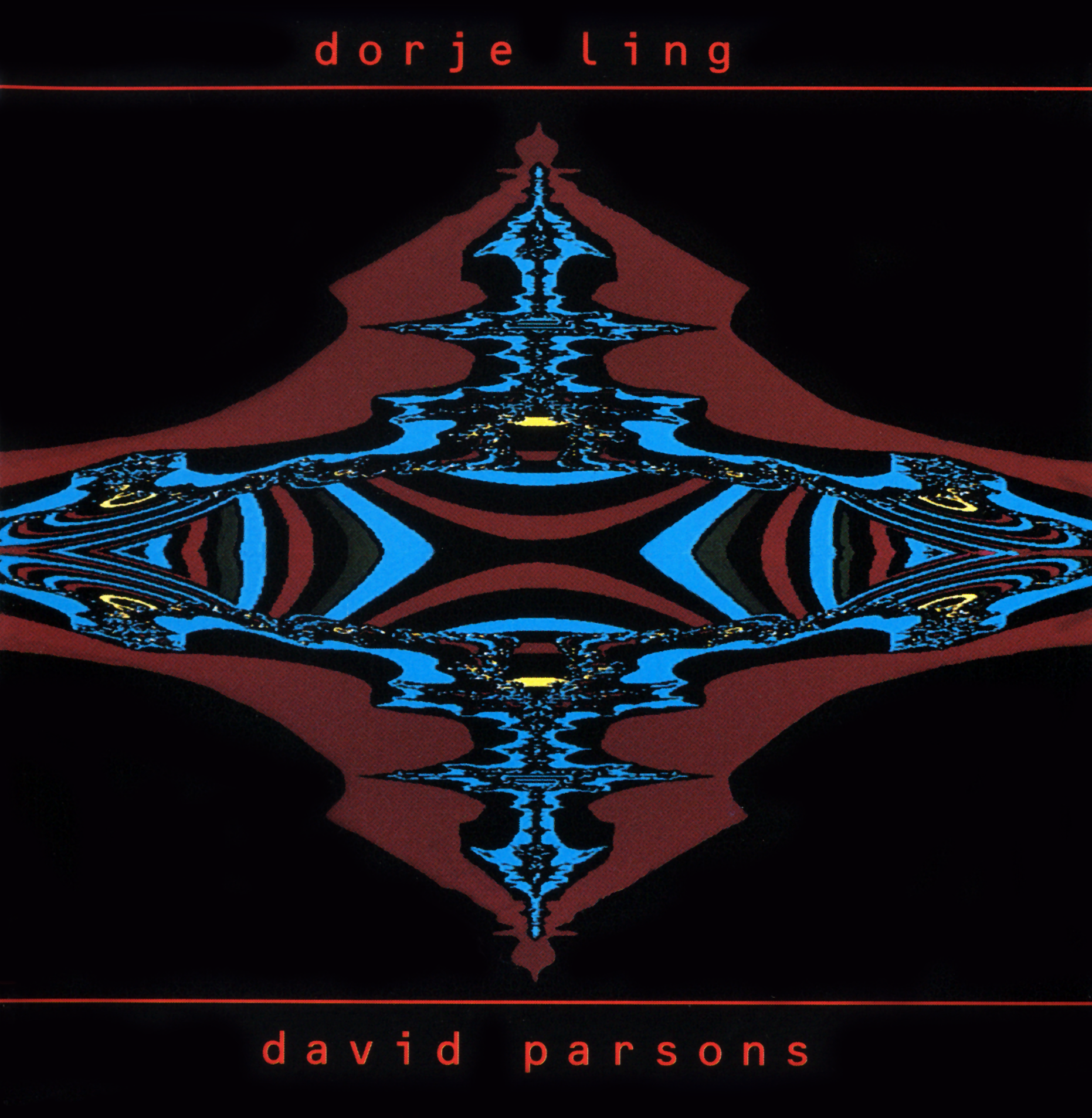 |
||||||||||||||||||
 
the projectSince 1975, David Parsons has made numerous trips to India to absorb the culture, study the music, and record performances by indigenous artists. In addition to producing two albums of Tibetan ritual music, in the Sacred Ceremonies (17074, 17079 and 13132) series, the composer and synthesist has translated the essence of his journeys into the lush, yet, profound soundscapes of Himalaya (17059) and Yatra (18072), two critically acclaimed albums of original music.Parsons' latest release, Dorje Ling, was inspired by his subsequent return to Dharamsala, India, home of Tibetan Buddhism in exile. For several months, Parsons lived at the Dip Tse Chok Ling Monastery and immersed himself in the ancient art of Tibetan ritual music. "During our stay, my wife, Kay, and I would sit in the monastery for eight hours at a time through whole ceremonies," Parsons recalls. "Although I'm not a Buddhist, and I don't speak Tibetan, I found myself compelled to sit there for days on end just trying to absorb the nuances of it. In this way, the music got into my subconscious, and the album is a result of that." On Dorje Ling, Parsons mixes samples of traditional Tibetan music into his gently evolving electronic compositions. Many of these recordings were taken from material released on Sacred Cermonies 2 (17079), yet the resulting fusion of ancient and modern sensibilities is not meant to be a representation of Tibetan Buddhist practices. Rather, Dorje Ling, is a poetic exploration of the visions this rich culture has inspired in Parsons, culminating in a sonic pilgrimage through the treacherous splendor of the surrounding Himalayas. the artistNew Zealand synthesist, David Parsons, first became interested in the music of India when he heard a performance by Ravi Shankar over two decades ago. At that time, the young jazz-rock drummer bought a sitar and explored the instrument on his own for several years before studying with Krishna Chakravarty, one of Shankar's disciples. Since then, Parsons has made a half dozen trips to India, collecting instruments and insights along the way.Parsons' critically acclaimed 1989 release, Himalaya (17059), depicted an artfully austere musical ascent of the legendary mountain range. His subsequent release, Yatra (18072), combined tapes recorded during his trips to the East with samples of traditional Indian instruments and sweeping electronic textures to create a vivid sonic representation of the land and its people. biographydiscographytracklist
|
||||||||||||||||||
|
|
||||||||||||||||||
 |


